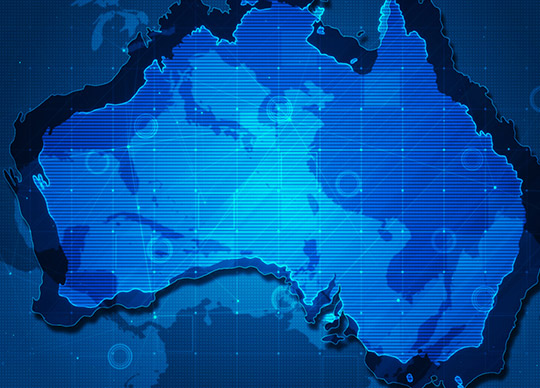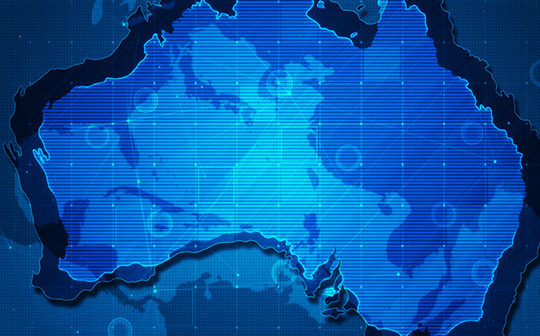
Staff Writer
The Australian Government has released the Defence Data Strategy 2021-2023. The strategy will guide data management and improve data literacy across the Defence Department. Defence hopes by rectifying its current fragmented data environment, strategic and tactical opportunities can be better harnessed and cyber resilience improved.
Vice Chief of the Defence Force, Vice Admiral David Johnston, says it is the department’s responsibility to realise the potential of its data and leverage it across the organisation.
“Our ability to remain competitive depends on us becoming leaders in operationalising our data at speed and scale,” Vice Admiral Johnston said.
The Defence Data Strategy is built around the pillars of governance, trust, discovery, use, and sharing. Umbrella goals include investing in dedicated data leadership and governance across the department, having faith in the integrity of the data and how it is managed, knowing what the data assets are and how to access them, ensuring employees have the skills and tools to analyse the data properly, and appropriately sharing the data to maximise its value.
“We have a responsibility to harness the potential of our data and leverage it across the organisation,” the Vice Chief of the Defence Force says. “In doing so, we must increase the quality of our decision-making capability.”
The Defence Department acknowledges it faces challenges upgrading its data maturity. The department says low data literacy, an inability to search across the organisation for data assets, data workforce imbalances across their public service, defence force and industry personnel, and not being aligned with Australian Government, Five Eyes and best practice standards are make lifting data maturity harder.
Three data maturity surveys provided responses from nearly 4,000 Defence Department personal. Despite some pockets of excellence, the survey confirmed that Defence has an overall low level of data maturity.
Vice Admiral Johnston says the department has a “collective responsibility” to address data maturity levels. The strategy includes creating a new data division at Defence and the appointment of a chief data integration officer. That person will lead Defence in rolling out 27 data initiatives across the five pillars.
It is a focus welcomed by Marcus Thompson, AM, PhD, retired Army officer and former Head of Information Warfare for the Australian Defence Force, now a senior advisor, Macquarie Telecom Group. “Creating a new Data Division and appointing a Chief Data Integration Officer is a welcome and necessary move by Defence. It’s unclear at this stage what future AI capabilities may emerge in a defence context. However, it is clear that future AI capabilities will be ineffective if not informed by the right data. That means introducing data policies now so that data is labelled, stored and managed in a manner that will support emerging and future technology – whatever that may be.
“The focus of the Chief Data Integration Officer must centre on warfighting technologies. China has declared its goal to be the world leader in AI, and our military capability must give our soldiers, sailors and aviators the ability to survive and win in potential future conflicts, where cyber-enabled capabilities will be pivotal. That means any Chief Data Integration Officer should be a military officer to keep the focus where we need it.”
While the data captured by Defence’s new strategy includes data common to many organisations – corporate, human resources, cost management and financial data – Defence’s unique role means intelligence, mission, and operational data also need to be analysed and, where necessary, acted on.
“This appointment signals the high importance that Defence places on data. There is so much to do now to properly enable future warfighting capability,” said Mr Thompson.





